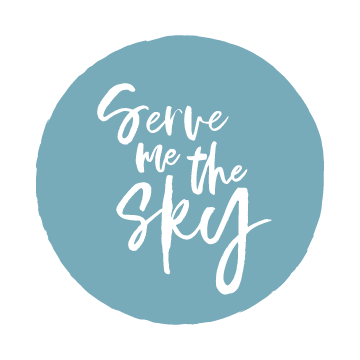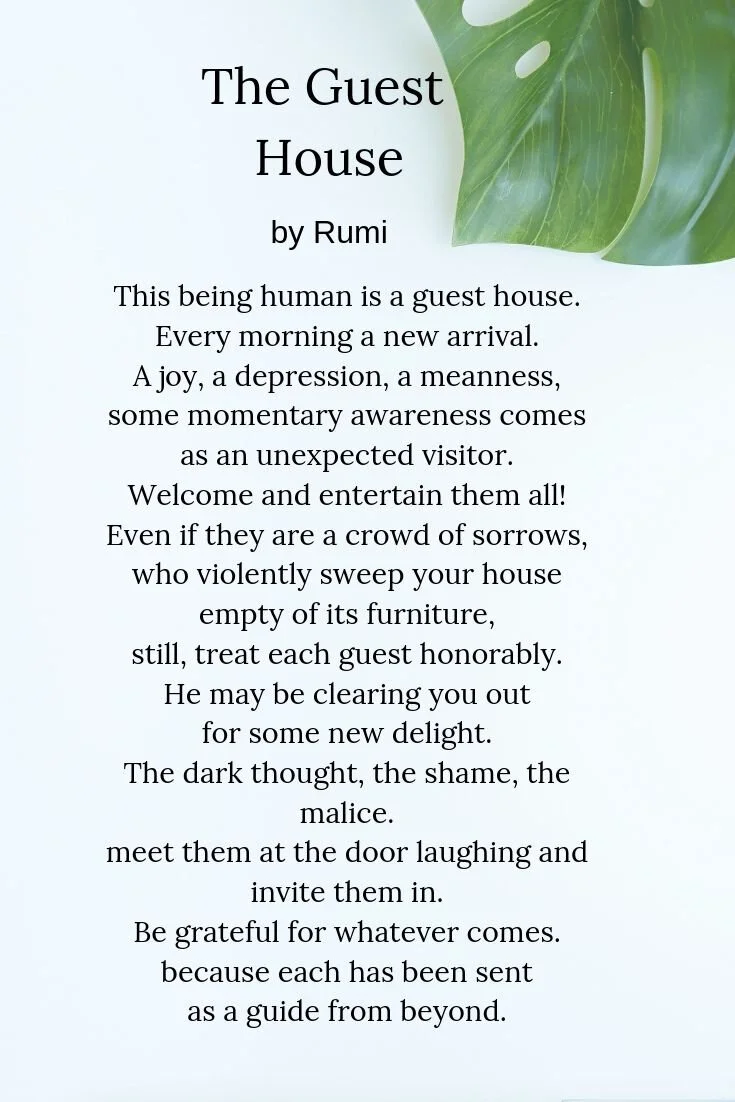Thoughts on Therapy: Year Two
/Doctor Champ in a session with Bojack Horseman / image via Netflix
It’s hard to believe, but I’ve been going to therapy for two years now. Last year I wrote about what I learned in my first year of therapy, and I thought it would be worth reflecting on what I learned in year two. Continuing on in therapy for a second year has allowed me to continue to build a relationship with my therapist and to go deeper on several topics, diving into things I don’t often think about unless given a push. This helps me keep learning, realizing things about myself, and growing. Thanks to therapy, I’m not stagnating and getting stuck in behaviors or thought patterns that don’t serve me.
Back in January, I never would have guessed how necessary therapy would become. With the COVID-19 pandemic sweeping through the world and shutting the U.S. down back in March, we rocketed off the course of normalcy. Zoom therapy became just another one of the many changes in my daily life. The switch to Zoom therapy hasn’t slowed us down or impeded our connection. I’ve been grateful to be able to continue my therapy throughout the pandemic, when stress and overwhelm is higher than ever.
So without further ado, here are a few things I’ve learned in year two of therapy:
Zoom therapy works
Back in March, my therapist and I switched to holding all our sessions on Zoom. At first, it was strange not to be in the same room. I wasn’t on her couch, I was on the bed in our guest room. My husband was on a conference call in his makeshift office across the hall. It was weird.
But we adjusted! The best part about Zoom therapy, for me, is having my dog with me. Petting her is always comforting, so if we’re talking about something stressful it’s nice to have my dog nearby. I still feel like I have a strong connection with my therapist and Zoom hasn’t hindered our ability to have meaningful, impactful conversations.
Journaling is a good way to take out the garbage in your brain
In last year’s blog post, I talked about how it was a struggle to journal. 2020 has surprisingly made it easier. It feels like we’re living through a historic event, and I want to have a record of it. When the pandemic hit the U.S. in March, I fell right into a regular journaling practice. Now, if I don’t journal for a day or two, I feel off.
My therapist once described journaling as “taking out the garbage in your brain.” The description is so apt! It’s a perfect way to take out all the crap and clutter that accumulates. I always feel clearer afterwards. It’s also been interesting to reread each journal once I’ve filled the notebook; I can often spot trends in my thinking. For example, I recently noticed that I’d written “I wasn’t as productive as I wanted to be today” in my journal on every workday for almost a month. Why was I being so hard on myself? I needed to give myself more grace and less judgment. I wouldn’t have been aware of that persistent thought if it hadn’t been for journaling and therapy.
Applying mindfulness to reading
Pretty much ever since I started seeing my therapist, she’s been trying to get me to read less. It seemed impossible to me at first. Why would I even want to read less? It’s basically my only hobby and my main form of relaxation! But that perception she had right away was totally correct- I use books as a form of escapism so I don’t have to sit with my feelings/thoughts when things are difficult.
Now, I always make sure to journal before reading. It’s like eating your veggies before having dessert! It helps me make sure I’m processing things at least a little bit before diving into a good book. I’ve also started being more thoughtful about what I’m reading. I’m not just reaching for novels at random to escape into, I’m carefully selecting things that will inspire my own creative writing, shape me as a writer, or relate to my own life experiences and help me navigate them. Bringing that mindful approach to reading has helped me slow down and engage more thoughtfully with what I’m reading rather than devouring books mindlessly.
Setting boundaries is key
I think setting boundaries is pretty relatable for any human! We all have to learn to do this at some point. My therapist has listened while I’ve vented about many different situations, and helped me realize that a lack of boundaries may be part of the problem. Once you set boundaries, people will test them, but you have to stand firm. Boundaries are there for a reason: to preserve your mental well-being. I’ve had to apply this lesson in both my professional and personal life, and it’s challenging but worthwhile!
The difference between guilt and shame
In last year’s blog post, I talked about how one reason I started going to therapy was feeling guilty all the time. I always felt terrible about something! It usually had to do with saying no--which ties back to boundaries, too. I often thought I was “just” feeling guilt, but with therapy and some helpful reading this year, I learned the difference between guilt and shame.
With guilt, you feel bad about an action you took. That action was a bad action. But with shame, you feel that you are bad, not that what you did was bad. Brene Brown gives a great example in her excellent book Daring Greatly. Her daughter is playing with glitter in the craft corner at school, and the teacher tells her, “You’re a mess!” The child replies, “No, I’m not a mess, I made a mess.”
I’ve been trying to uncouple my feelings about things I do from feelings about myself. I used to say to myself, “I’m the worst” or “I’m so stupid” for little things that didn’t matter. For example, I recently sent an email where I was copy/pasting the text to multiple people, but forget to update the name for the new person I was sending it to. As soon as I realized? “Oh no! I’m the worst! I’m so stupid!”
I’m not the worst. That was a dumb mistake, but it happens. I’ll be more careful next time; it’s forgivable. When our self-talk shames ourselves based on our actions, it harms our self-worth. We need to learn from our experiences and grow, not relegate ourselves to terrible personhood forever in our brains.
Thoughts and feelings are fleeting and don’t define you. Approach them with curiosity rather than judgment.
In a similar vein, when you have the same thoughts all the time, it’s easy to think that they are part of you. Sometimes I think, “I’m so anxious. Why am I always so anxious? I hate being so anxious.” But I am not my anxiety!
My therapist has used the internal family systems model to teach me about parts. It’s when you think “a part of myself says X, but then this other part of myself says Y.” When you feel torn about something, it’s often because different parts of yourself have different feelings about what’s going on. If you approach the parts with curiosity rather than judgment, it can be super helpful. There’s a part of me that wants to protect me from harm and keeps me from doing things it perceives to be “risky” - why is that? Rather than getting mad at these parts of yourself, you can learn from having conversations with them.
I know it may sound a little out there, but it’s an intriguing and useful model! Jonathan Van Ness of Queer Eye fame talks about it in his memoir, Over the Top, and had the psychologist who founded the model on his podcast--it’s a great listen.
Another thing that helps me keep in mind the fact that your thoughts and feelings are fleeting? A poem my therapist sent me called “The Guest House” by Rumi. I’ll leave it here for you; I hope you enjoy it.
Image via the Happiness Collective
Have you been to therapy? How has it helped you grow? I’d love to hear! Tweet me at @servemthesky.




